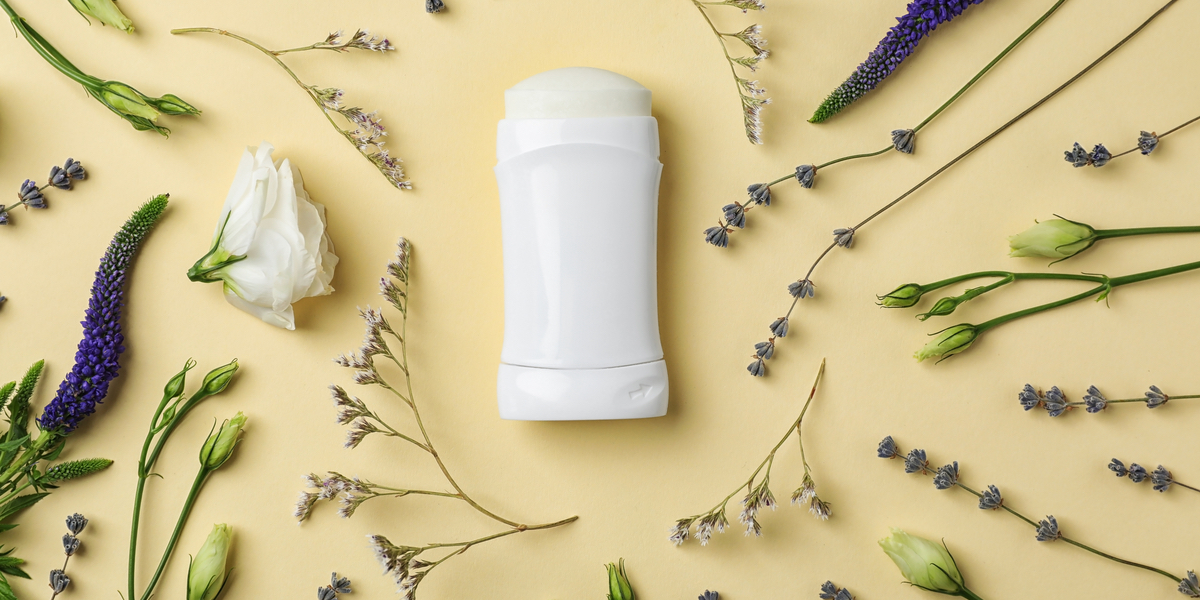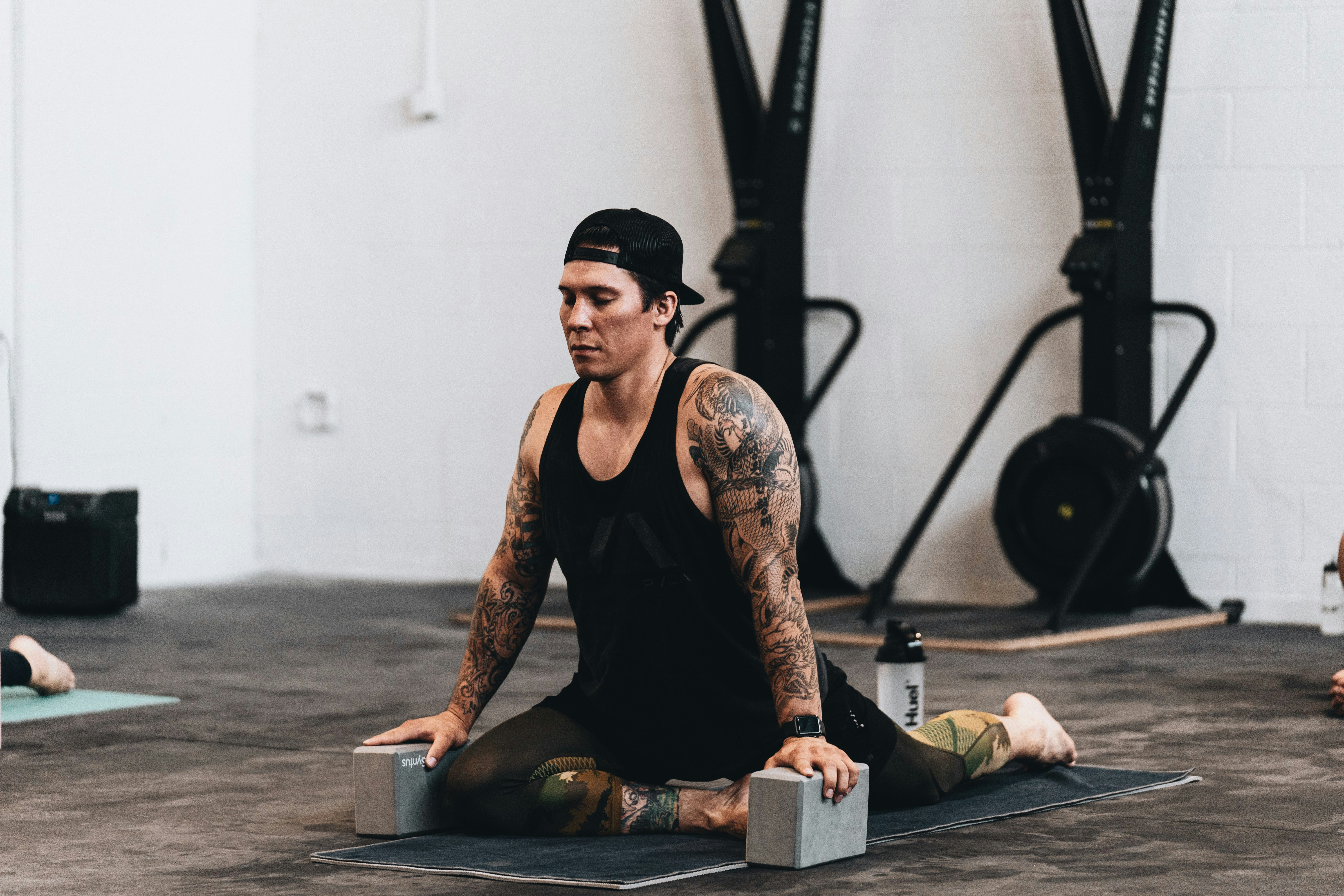The Yoga League
DIY Deodorant: A Natural Approach to Freshness and Wellness

Over the years, I’ve become increasingly mindful of the products I use on my body. Store-bought deodorants, while convenient, often contain chemicals and synthetic fragrances that I wasn’t sure I wanted to put on my skin anymore. After learning about the potential risks of some of the ingredients in commercial deodorants, I decided to take matters into my own hands and create a more natural alternative. That’s when I discovered how to make my own DIY deodorant—a simple, effective solution that fits perfectly with my desire to live a cleaner, more eco-conscious life.
Why I Switched to DIY Deodorant
The main reason I turned to DIY deodorant was my concern about the chemicals in conventional products. Most store-bought deodorants contain ingredients like aluminum, parabens, and phthalates, which are used to control sweat and odor but can also have unwanted side effects. After spending some time researching, I was shocked by the long list of chemicals in most mainstream deodorants. I wanted something more natural—something I could feel good about using every day. By making my own DIY deodorant, I gained the confidence that I was putting only safe, nourishing ingredients on my skin.
Another important reason for switching was my commitment to reducing waste. Many commercial deodorants come in plastic containers, which contribute to environmental pollution. With a DIY solution, I could store my deodorant in glass jars or reusable containers, cutting down on my reliance on single-use plastics.
The Benefits of DIY Deodorant
One of the most gratifying things about making my own deodorant was realizing how many benefits it provided beyond just being chemical-free. Here are a few things that I’ve noticed since making the switch:
- Full Control Over Ingredients: The best part of making DIY deodorant is that I get to choose what goes into it. I can avoid potentially harmful chemicals and opt for natural ingredients like coconut oil, baking soda, and arrowroot powder that work well together to combat odor and keep my skin nourished.
- Customizable Scents: Commercial deodorants typically have one fragrance, and I never really enjoyed the overpowering, artificial scents. When I started making my own deodorant, I could choose from a wide range of essential oils to create my ideal scent. I love using lavender oil for a soothing, calming effect or eucalyptus for a fresh, invigorating fragrance.
- Great for Sensitive Skin: Since I started using DIY deodorant, I’ve noticed a significant improvement in how my skin feels. Many commercial deodorants can cause irritation or rashes, especially after shaving. The natural ingredients I use, like shea butter and coconut oil, help soothe my skin while also providing moisture, leaving my underarms soft and comfortable.
- Eco-Friendly: By making my own deodorant, I’ve reduced my environmental impact. The process is simple, the ingredients are sustainable, and I can store the deodorant in reusable containers. It’s a small change, but it’s made a big difference in how I approach sustainability.
How to Make DIY Deodorant at Home
Making DIY deodorant is surprisingly easy and requires just a few basic ingredients. Over time, I’ve perfected my formula, and I love how effective and simple it is. Here’s the recipe that I use:
Ingredients:
- 3 tablespoons of coconut oil
- 2 tablespoons of shea butter
- 2 tablespoons of baking soda
- 2 tablespoons of arrowroot powder (or cornstarch)
- 10-15 drops of essential oil (I personally use lavender or tea tree oil)
Instructions:
- Melt the Coconut Oil and Shea Butter: To start, melt the coconut oil and shea butter together. I prefer using a double boiler, but you can also use a heat-safe bowl over simmering water. Stir the ingredients together until they are completely melted and well combined.
- Add the Dry Ingredients: After the coconut oil and shea butter have melted, remove them from the heat and mix in the baking soda and arrowroot powder. Stir everything until the mixture is smooth and well blended. The arrowroot powder helps absorb moisture, while the baking soda neutralizes odor.
- Incorporate Essential Oils: Once the mixture has cooled slightly, add your favorite essential oils. I’ve found that lavender oil provides a gentle, relaxing scent, while tea tree oil offers a refreshing and antibacterial effect. You can experiment with different blends to find the scent that best suits you.
- Pour into a Container: Pour the finished mixture into a small container or an empty deodorant stick container. If you’re using a jar, make sure it has a tight-fitting lid to keep the deodorant fresh. Let the mixture cool and solidify, which will take about an hour at room temperature.
- Ready to Use: Once the deodorant has hardened, you’re ready to use it. I apply a small amount with my fingers or use the stick container for easy application. It lasts all day, and I’ve never experienced any irritation.
Customizing Your DIY Deodorant
One of the best things about making DIY deodorant is that you can adjust the formula to suit your needs. If you want a stronger scent or more odor protection, you can increase the amount of baking soda. For sensitive skin, you might want to reduce the baking soda and increase the arrowroot powder to make the formula gentler. You can also experiment with different essential oils to find the combination that works best for you.
For example, I’ve started adding a few drops of lemon or grapefruit oil to my mixture for a fresh, citrusy scent. The possibilities are endless, and the ability to create a deodorant tailored to my personal preferences is one of the reasons I love this DIY approach.
Tips for Successful DIY Deodorant
As I’ve been using DIY deodorant for a while, I’ve learned a few things that might help if you decide to make your own:
- Adjust the Texture: If your deodorant feels too soft or too hard, it’s easy to tweak the texture. If it’s too soft, simply add a little more arrowroot powder or baking soda. If it’s too hard, try adding more coconut oil to soften the mixture.
- Be Patient: Unlike commercial deodorants that stop sweating, DIY deodorants don’t act as antiperspirants. This means that you may sweat more than usual, which is completely normal. Sweating is a natural process that helps your body detoxify, and your body will adjust to the new routine over time.
- Proper Storage: To ensure your deodorant stays in solid form, store it in a cool, dry place. In warmer months, I keep mine in the fridge to prevent it from melting. This will help maintain the perfect consistency for easy application.
Final Thoughts on DIY Deodorant
Making my own deodorant has been a rewarding and eye-opening experience. Not only has it allowed me to take control of what I put on my skin, but it’s also helped me embrace a more natural and sustainable lifestyle. DIY deodorant is a simple yet effective solution that eliminates harmful chemicals, reduces waste, and offers a customizable scent and texture. If you’re ready to take a step towards a healthier and more eco-friendly personal care routine, I highly recommend trying out this DIY deodorant recipe. It’s a small change that can have a big impact on both your health and the environment.










